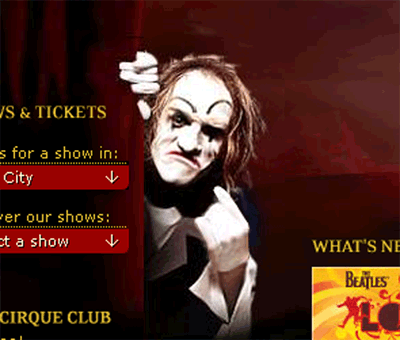It's hard to believe it's the Monday before the conference! The programming is set, the program book is done, the rooms and equipment are reserved, the party planning is down to the nuts and bolts of setup and installation...
Now all we need is you! I'm so excited for Friday and the chance to welcome all of you to our first Technology in the Arts conference. We've got a deliciously wide spectrum of organizatoins attending including theaters, ballets, museums, arts service orgs, arts agencies, universities, arts funders...
There will be about 120 of us representing 75 organizations, which will make for a nice, intimate atmosphere, ideal for in-depth dialogue, brainstorming and relationship building. We'll be in Hamburg Hall (home of CAMT) on the CMU campus, with shuttles running us where we need to go throughout the event.
Also, the committee for our closing party has truly outdone themselves, and all indicators point to a fun, art-filled conference-closing camt@ten.
As always, if you have any last-minute questions or concerns, feel free to contact us!






